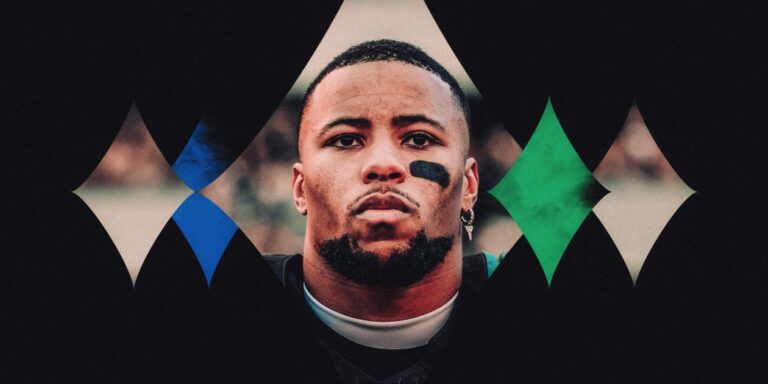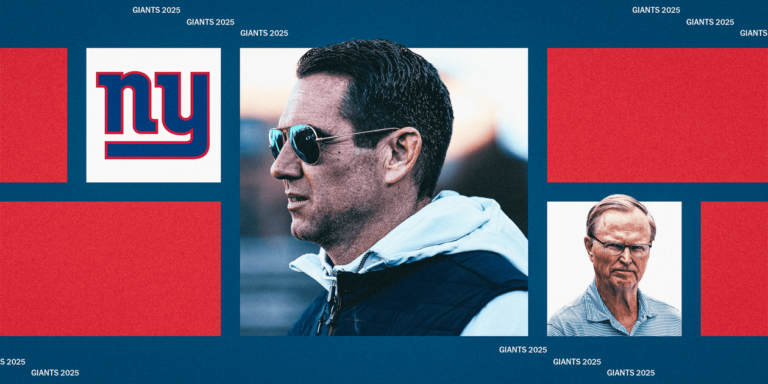Here is the plain text of the article:
With its clay terraces, the ochre-coloured Stade El Harti in Marrakech’s bustling Gueliz district is a venue that neatly demonstrates the transformation in Moroccan football over the past decade. Until 2010, it was the 10,000-capacity home to Kawkab Athletique Club de Marrakech, a middle-ranking side who could not wait to move to a 45,000-seater stadium on the other side of the city, built originally for the World Cup that summer which instead was hosted by South Africa.
For the next eight years, a largely redundant El Harti felt like it belonged to a lost age. Yet as the Moroccan state realised how useful football could be and started investing heavily in the sport, it found that something old might also be something valuable. In 2018, El Harti was reopened, after a new irrigation system was installed, along with lighting and a sweep of blue and red seats. The development means Marrakesh now has an infrastructure that makes it a potential destination when other African international teams and clubs visit Morocco for training camps and tournaments — just one example of a wider strategy to harness football as a way of making friends and influencing people on their own continent and beyond.
This is a big five years for Africa’s fifth richest country. A year from now, Morocco will host the African Cup of Nations for just the second time in its history, and the first since 1988. In 2030, it will be one of the three main co-hosts for the men’s World Cup, along with Spain and Portugal (three other countries, Paraguay, Argentina and Uruguay will stage one-off matches to mark the 100th anniversary of the inaugural tournament, played in Uruguay). It will be only the second time an African country will have staged games in the tournament, following South Africa 2010.
Just outside Casablanca, the sprawling port city which is Morocco’s economic and business centre, a new stadium is being constructed — the Grand Stade Hassan II which, with a planned capacity of 115,000, will be the largest football ground in the world and a symbol of the country’s new-found status as one of the world game’s emerging powers. Many in the country have not given up hope the stadium — widely reported to have cost around $500million (£398m), although precise figures are vague — will stage the tournament’s final.
Morocco has big plans for football — and it feels like a country in a hurry. Like one of the cool courtyards known as riads that shelter beyond the ancient doors and steep walls in the souks of Marrakech’s famed Medina quarter, the El Harti offers sanctuary from the choking roads around it. Last Monday, however, the ground was a hive of activity, hosting a friendly match between local and international legends sides ahead of the Confederation of African Football (CAF) awards ceremony being held just down the road at the Palais des Congres. It was closed to the public, but the stadium was swarmed by people courtesy of a presidential-style safety operation involving auxiliary command and shades-wearing guards from private security firm G4S.
Patrice Motsepe, president of CAF, and FIFA president Gianni Infantino were supposed to be on the guest list, but neither showed up. Instead, the only figure with an official title involved in the kickabout worked in the CAF press office. Infantino would though spend his evening in the auditorium of the Palais, flanked by Motsepe on one side and two Moroccans on the other — Aziz Akhannouch, the country’s prime minister, and Fouzi Lekjaa, one of the most influential men in African football.




